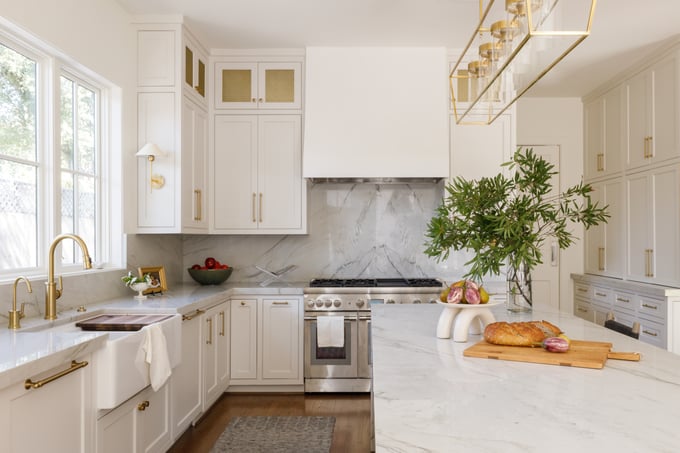 One of the first questions that a homeowner asks when they’re considering remodeling their home is, “How long is this renovation going to take?” As you’d imagine, the answer is complex – just like any construction project! Every custom home renovation is a one-of-a-kind project with its own set of unique scope, variables, and challenges. Because of that, each home renovation will have its own unique construction schedule as well.
One of the first questions that a homeowner asks when they’re considering remodeling their home is, “How long is this renovation going to take?” As you’d imagine, the answer is complex – just like any construction project! Every custom home renovation is a one-of-a-kind project with its own set of unique scope, variables, and challenges. Because of that, each home renovation will have its own unique construction schedule as well.
The short, but VERY incomplete, answer to the question “How long does it take to renovate a custom home?” would be that it takes 4 to 12 months to complete a remodel on a custom home. However, some single-space renovations can take less than 4 months and some whole-home remodels can take longer than 12 months.
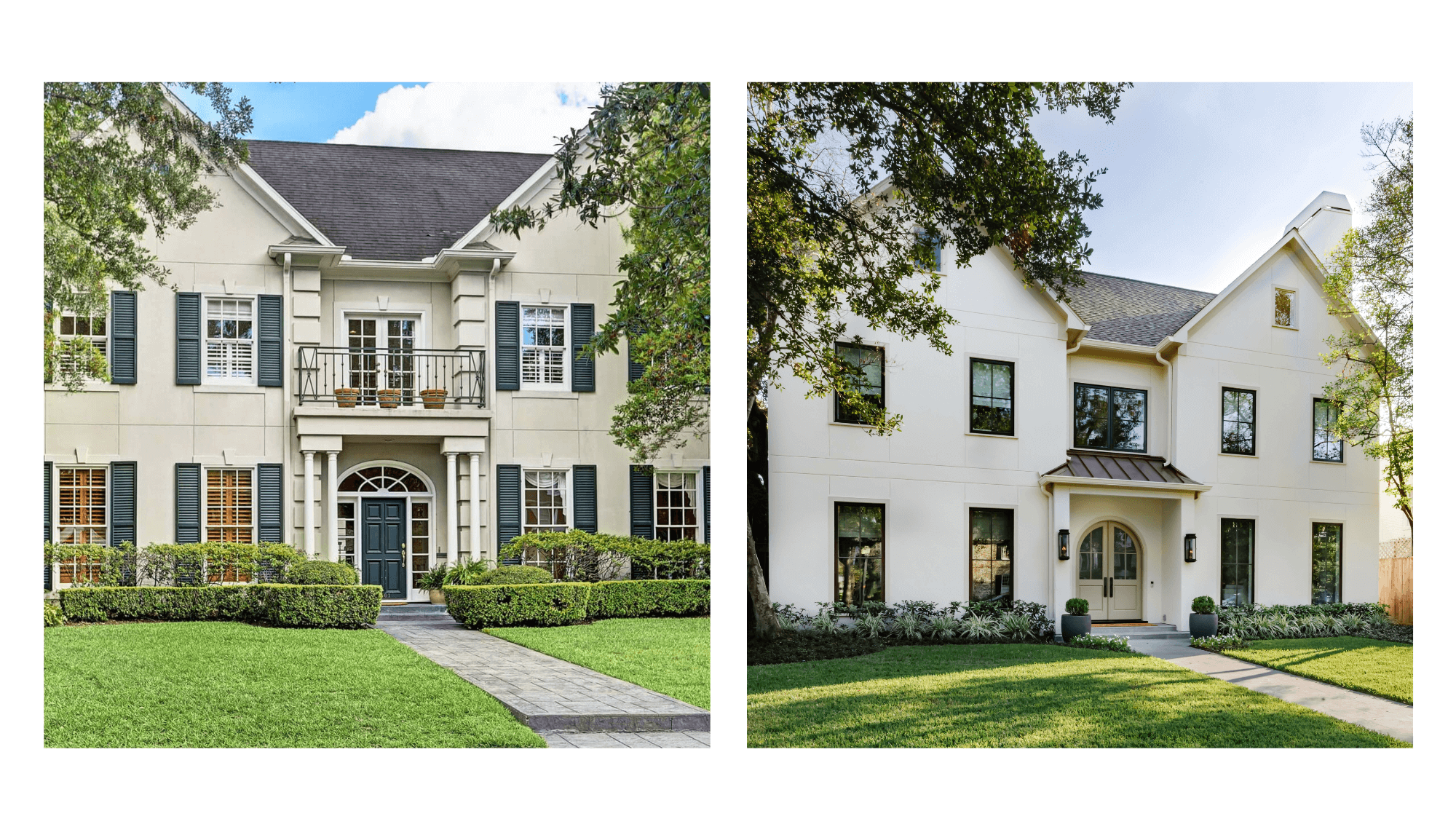 In this post, we’ll dig into the following:
In this post, we’ll dig into the following:
- What process a typical custom home remodel follows
- What your custom builder can do to optimize efficiency in your construction schedule
- What you as the homeowner can do to keep your renovation moving smoothly
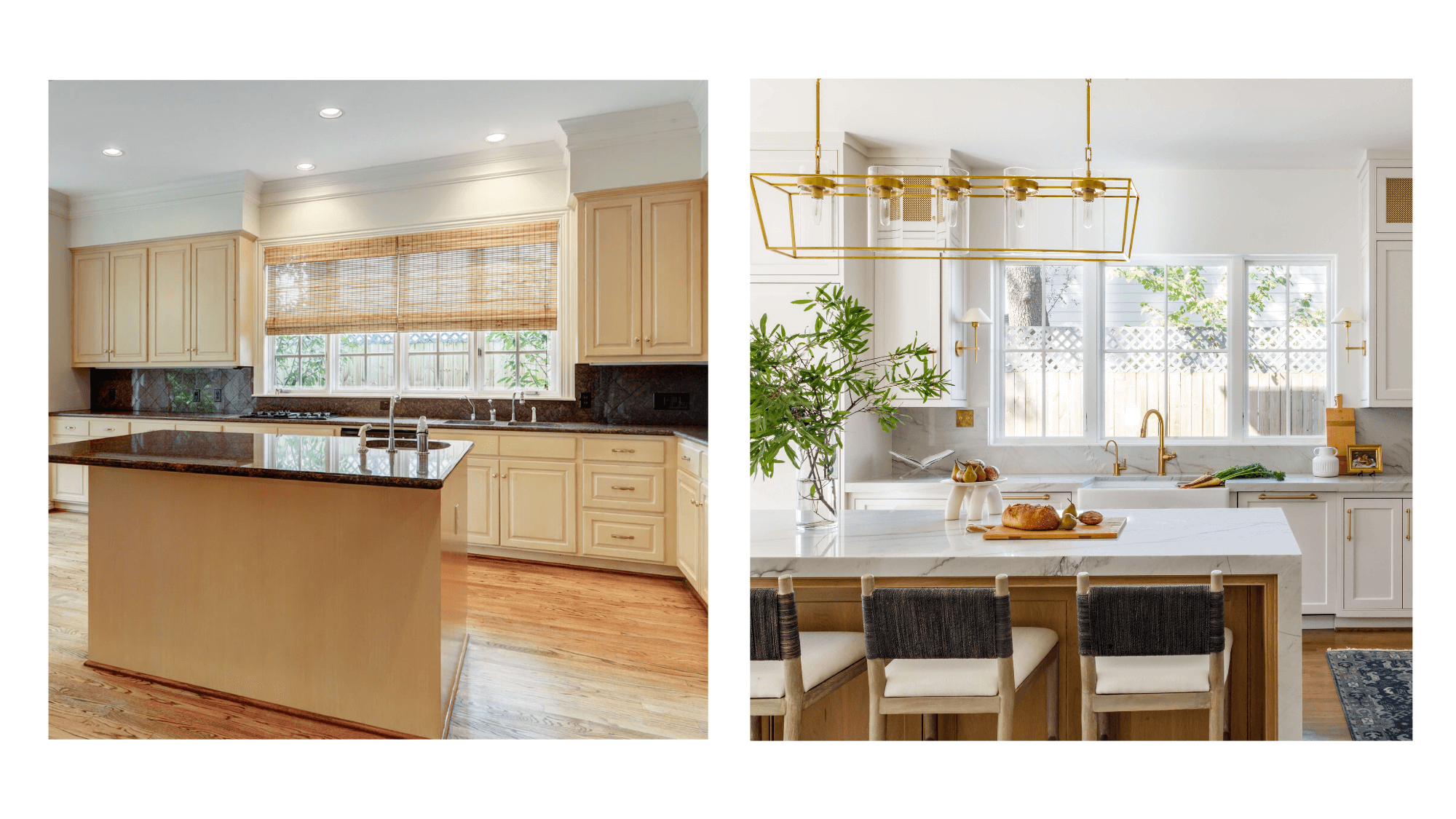 TYPICAL CUSTOM HOME RENOVATION PROCESS
TYPICAL CUSTOM HOME RENOVATION PROCESS
Our home renovation process map below shows the 7 steps that a typical large-scale custom home remodel follows. If optimizing your timeline is a priority for you, we suggest involving a custom homebuilder very early on in the process. Oftentimes, you can combine Steps 2 and 3 by interviewing your builder candidates as you walk them through your existing home and share what your renovation wish list entails. Once you’ve selected your custom builder, they will usher your project through the architectural design phase, the pre-construction phase, and the construction phase.
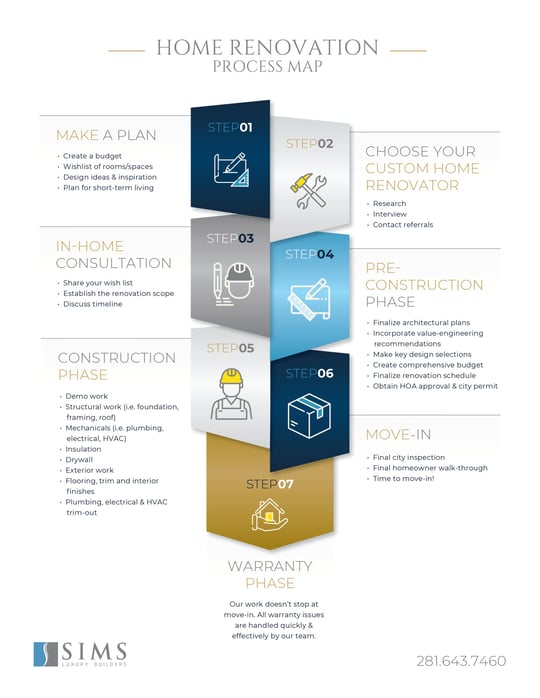
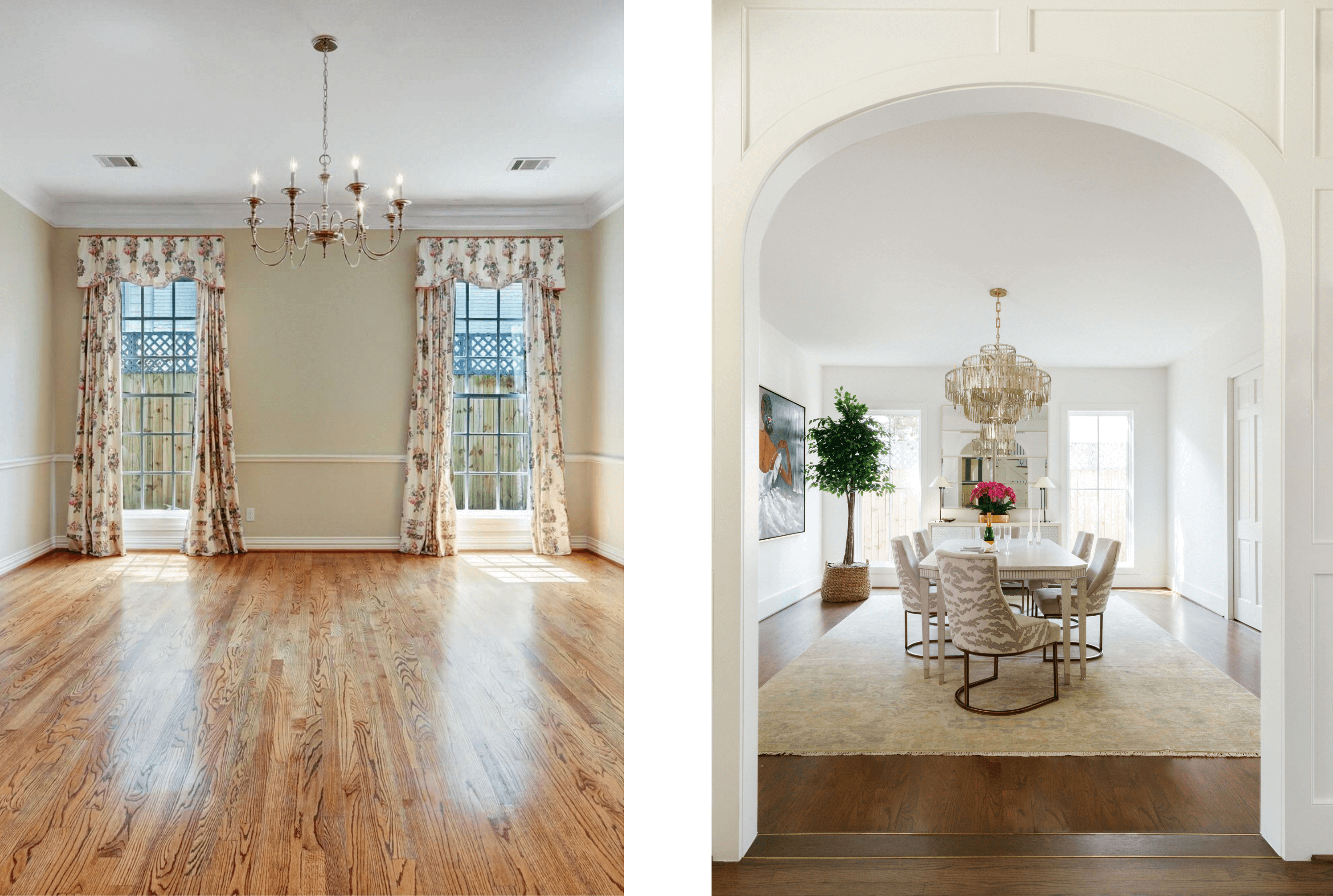
WHAT YOUR CUSTOM BUILDER CAN DO TO STAY ON SCHEDULE
Although there are many things that are outside of a builder’s control, like weather and unexpected material delays, there are actually many more that are within their control. Here we share several ways that your custom builder can proactively keep everything moving smoothly during the architectural design, pre-construction, and construction phases of your home renovation.
During the Architectural Design Phase, your builder should:
- Thoroughly assess the existing structure of your home as much as possible by analyzing any existing architectural and engineering plans and by cutting a few small exploratory holes in strategic locations of your walls/ceilings.
- Thoroughly analyze your renovation plans in order to foresee and mitigate potential constructability issues.
- Consult with a building performance specialist in order to benefit from the expertise they’ve gained performing forensic work on hundreds of “misbehaving” homes over the years.
- Build a comprehensive, no-holes construction budget by assembling and vetting hard bids from every major trade category that will be part of your renovation scope.
- Connect you with a qualified interior designer who fits your desired aesthetic, timeline, and budget.
- Provide you and your interior designer with a Selections Schedule that clearly sequences the material selections and decisions that will be needed for your renovation.
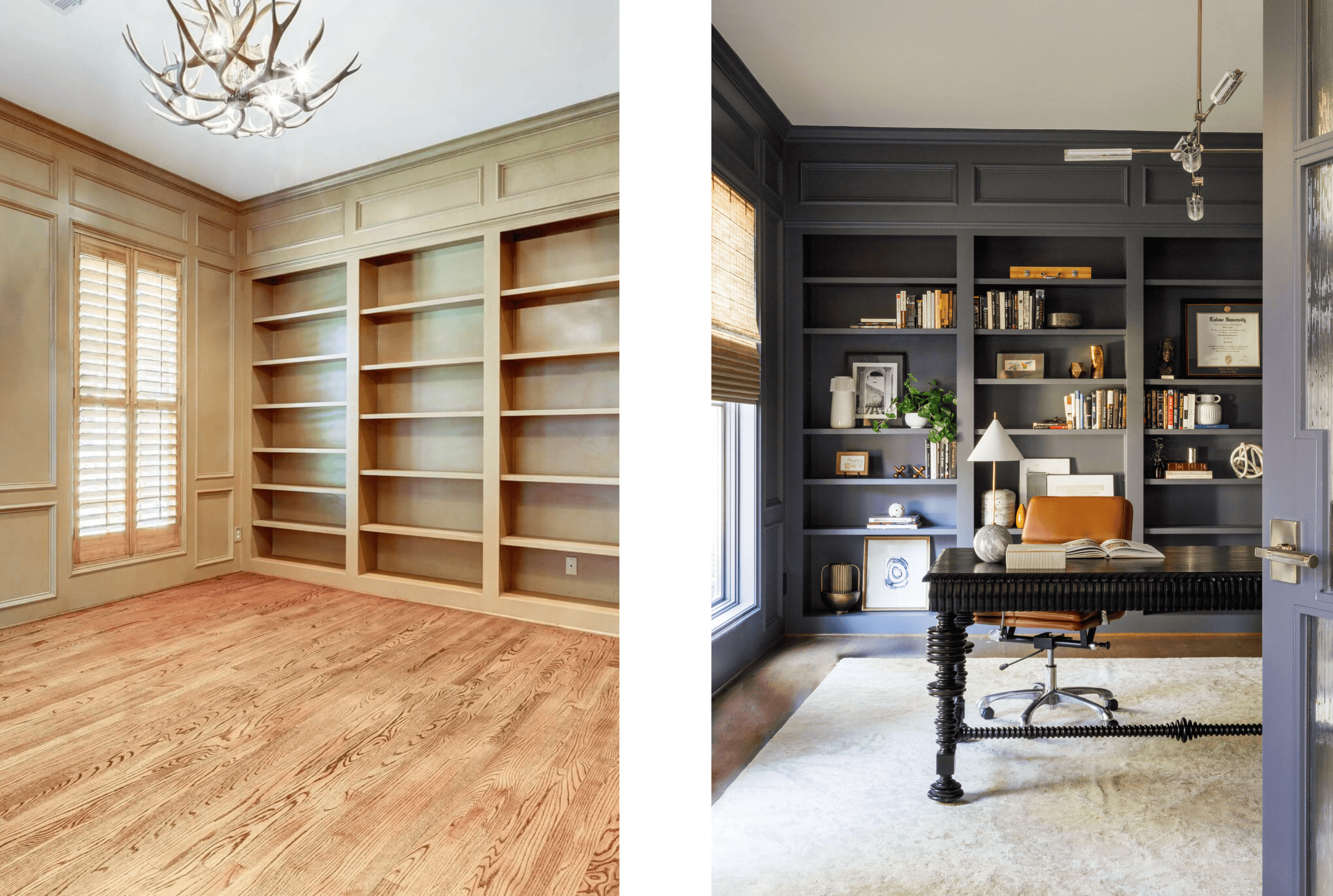
During the Pre-Construction Phase, your builder should:
- Minimize HOA and permitting delays by proactively researching each entity’s requirements and by ensuring that application packages are fully complete before submission.
- Build a realistic construction schedule and communicate that clearly to all trades involved in your renovation.
- Collaborate closely with your interior designer in order to ensure timely progress is being made on all finish selections needed.
- Order materials that have a long lead time to ensure they arrive before they are needed.
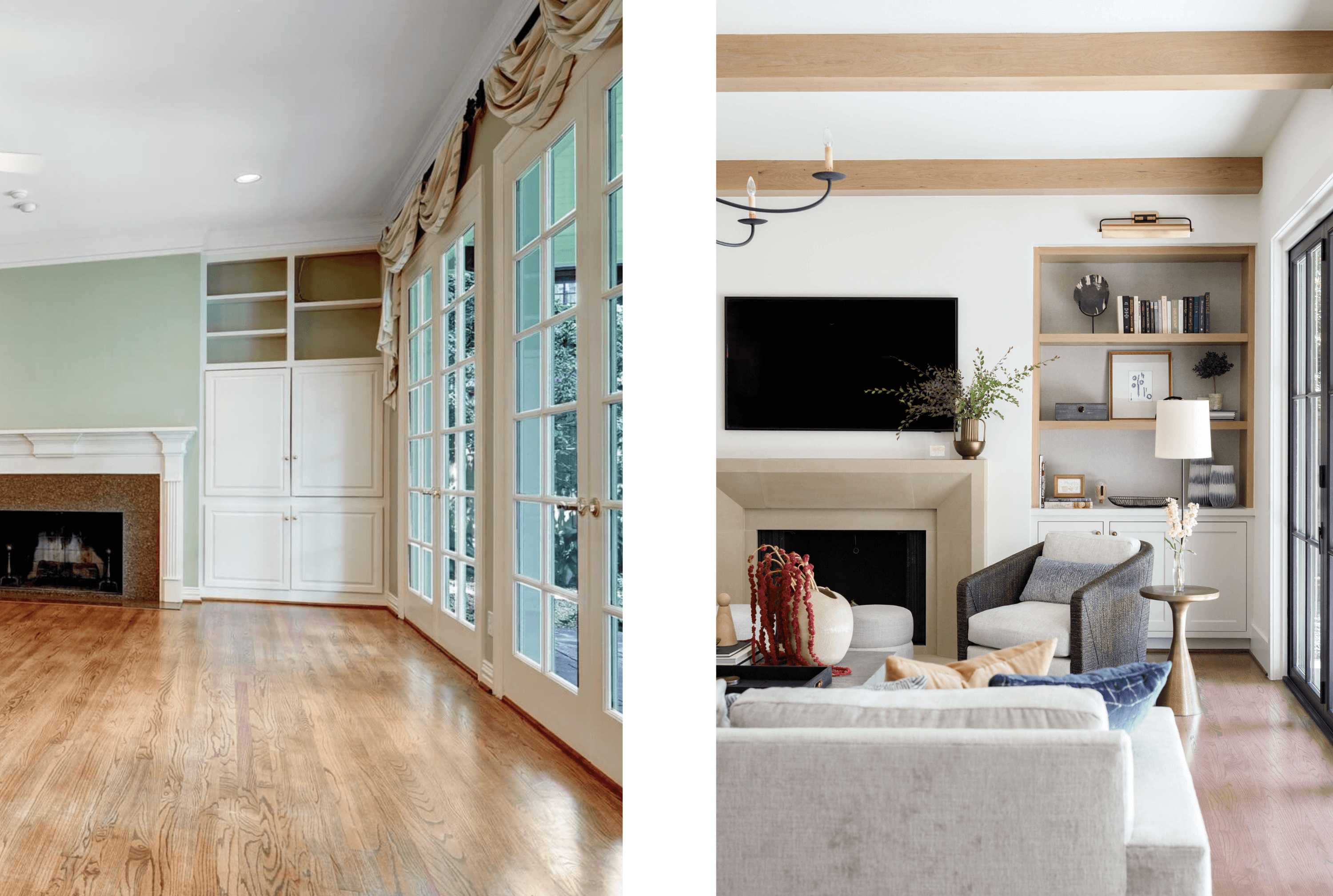
During the Construction Phase, your builder should:
- Keep an effective procurement schedule that ensures all materials are ordered so as to prevent any construction schedule delays.
- Require regular onsite meetings with you and your interior designer to keep the flow of decision-making moving smoothly.
- Continue effective collaboration and communication with you, your design partners, and all trades.
- Keep a well-run closeout phase that involves a continually updated schedule, quality control walk-throughs with several members of the builder’s team, checking all mechanicals to ensure proper functionality, and proper protection of finishes following each phase of installation.
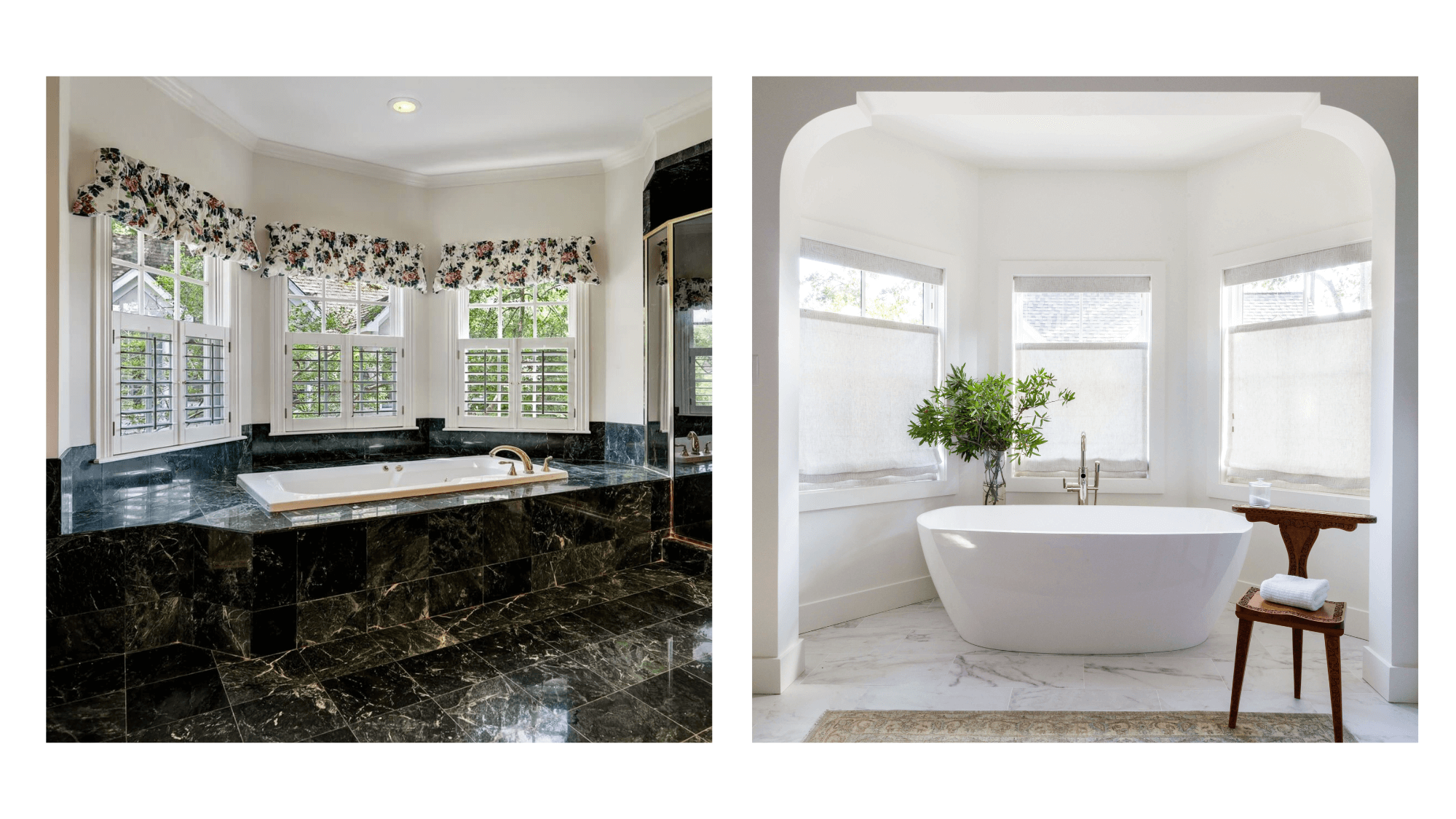
WHAT HOMEOWNERS CAN DO TO STAY ON SCHEDULE
Along with your builder, there are many things that you as the homeowner can do to keep your home renovation on schedule. Here they are:
- Select the right builder (renovation contractor) very early in the process
- Hire an interior designer when you start the architectural design phase
- Limit the size and scope of your renovation to match your desired budget and timeline
- Start with a conservative budget and build in a contingency for unforeseen necessities
- Understand the lead time for products and materials when making selections
- Finalize as many selections as possible before construction begins
- Stick to your original renovation scope and plans as much as possible
- Avoid making changes to your material selections during construction
As you can see, how long a home renovation takes depends on a variety of factors. The most important of which is partnering with an organized and effective custom builder with experience in renovations similar to yours in both quality and scope. From there, you and your builder will work together to keep your home renovation schedule moving smoothly so you end up with the home you hoped for AND an experience you can remember fondly.





COMMENT ON THIS ARTICLE